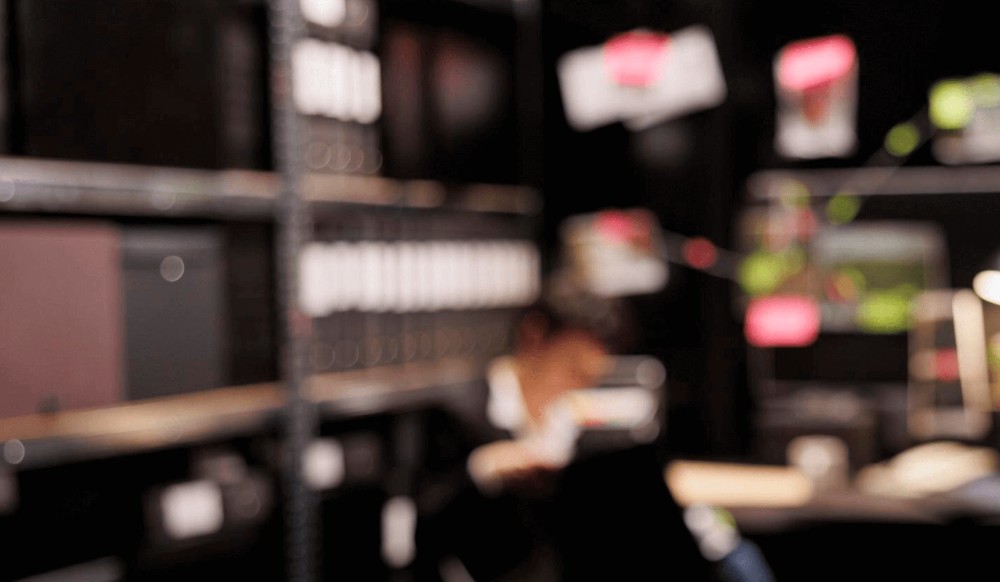The BCEdAccess post about the Surrey classroom-clear tracker is a dire and necessary warning. Parents are raising concerns that come from lived experience, not abstract theory. They have seen how data about vulnerable children, even when anonymised, can expose them to harm. Their argument is simple: tools meant to improve safety can easily become tools that amplify stigma.
“This tracker has enough gaps in it that could cause harm as it stands.”
A parent via BCEdAccess
Privacy, consent, and authority
Parents worry that the tracker collects information without proper authority, consent, or oversight.
In small schools, a few details—like grade, school, and date—can make a child identifiable.
Once data leaves its context, families cannot control how it will be used.
They fear that the numbers will be misread as proof that inclusion has failed rather than evidence that support is missing.
Data without context
BCEdAccess also points out that data without context invites the wrong solutions.
Counting how many times classrooms are cleared says little about why it happens. Without the story behind each event—the missing aide, the understaffing, the lack of trauma-informed practice—the numbers risk fuelling reaction instead of reflection.
Families worry that the data will drive funding toward security and exclusion rather than prevention and care.
System responsibility and staff experience
Parents note that staff already have a duty to report safety issues through WorkSafeBC, and that school districts, as employers, are responsible for investigating hazards.
The existence of a parent-run tracker suggests deeper structural failures in how schools and districts communicate about risk.
Parents do not blame teachers or aides; they blame a system that leaves everyone—children and adults alike—without adequate support.
Dignity, trust, and inclusion
At its heart, BCEdAccess’s position is about dignity and trust.
Data about children should never circulate without consent or purpose shared by those it describes.
Inclusion and safety are not opposites; they depend on each other. When schools invest in proper staffing, training, and collaboration, classrooms become safer for everyone.
The tracker, however well-intentioned, risks confusing surveillance for accountability.
A call for better transparency
The parents who wrote and shared this statement are not against transparency. They are demanding transparency that protects children instead of exposing them. Their fears are grounded in experience, and their vision of safety is one built on consent, context, and care.
Summary
- Safety must never come at the expense of privacy or dignity.
- Data about disabled and Indigenous children requires consent and shared governance.
- Numbers without context distort understanding and fuel exclusion.
- Schools already have legal mechanisms for reporting safety concerns.
- Systemic underfunding, not student behaviour, drives crisis in classrooms.
- True safety grows from resourcing, collaboration, and trauma-informed practice.
- Inclusion and safety are interdependent, not competing goals.
- Transparent systems must protect children rather than expose them.
- The solution lies in prevention and support, not surveillance or blame.
-
Counting crisis: data, distrust, and the false choice between safety and inclusion
Across British Columbia, the launch of Surrey DPAC’s Room Clear Tracker has ignited a…
-
Too afraid to see: why the BC government doesn’t track exclusion
Data is the scaffolding of democratic accountability. Without shared facts, policy becomes theatre and…








